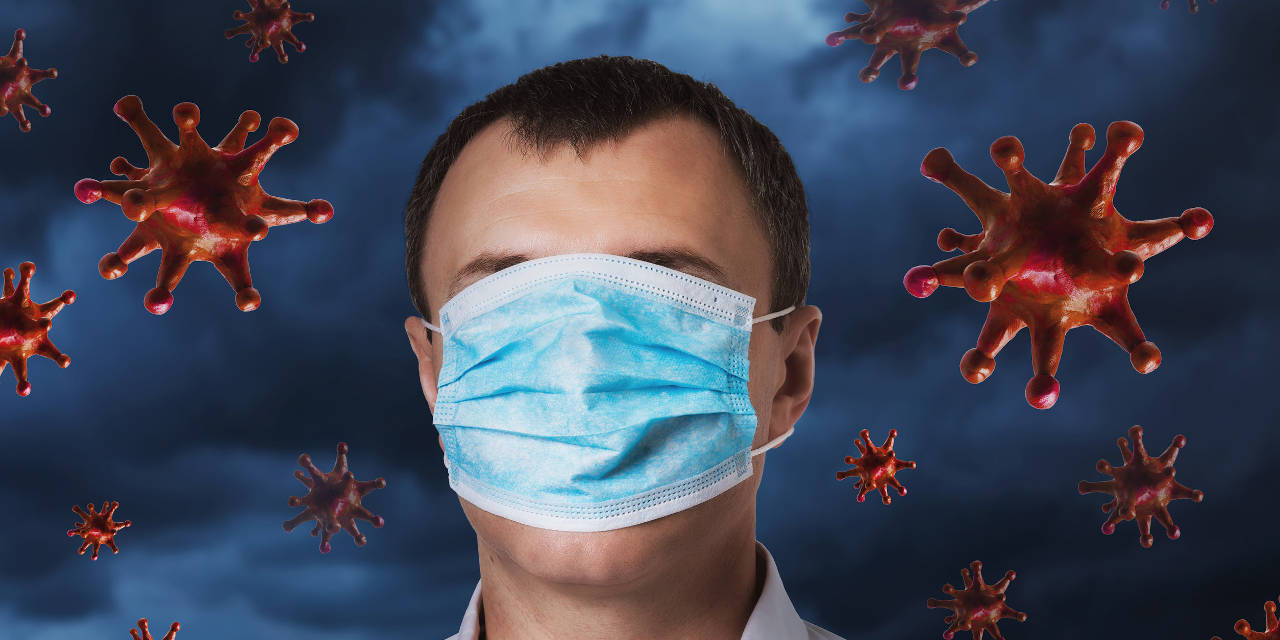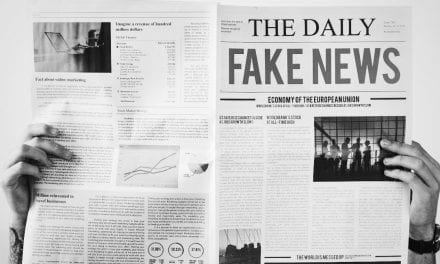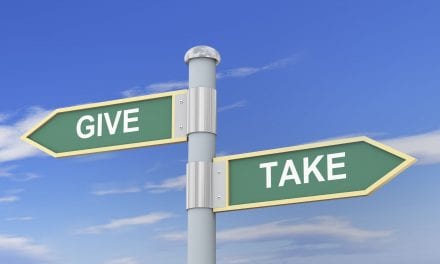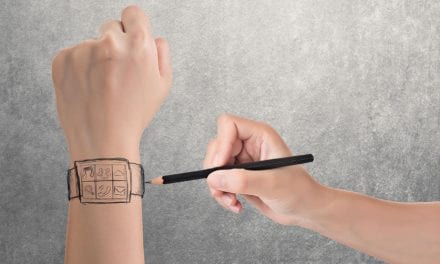By Susan Saldibar
My neighbors across the street are having a baby shower. Correction, a drive-by baby shower.
So we’re back to that again?
Are people just are giving up? With some of the crazy data out there it sure seems like it.
In a recent Aegis Therapies poll, over 50% of respondents said they are no longer participating in organized activities (e.g. meetings, classes, religious services, etc.). Before the pandemic, that number was 10%. That’s a huge red flag.
And, now with the Delta variant, who knows; it may get worse before it gets better.
“Whoever, Whatever, Whenever”
I spoke recently with Brian Boekhout, vice president of wellness services for Aegis Therapies (a Foresight partner). Brian’s great to talk with because he has the advantage of having worked with residents before the pandemic, during the pandemic, and now as we attempt to get back to normal.
At the time we spoke, Brian had just gotten off a call with a community that had gone back on lockdown. Tough times, these. So, more than ever, we need people like Brian and innovative health and wellness programs, like Aegis’ EnerG, which provides services across the entire spectrum of healthcare; from senior living communities to hospitals to senior centers. “Our philosophy is whoever, whatever, wherever,” Brian tells me. “We believe we can impact everyone, regardless of needs and where they call home.”
There’s a Lot More at Stake
That’s the fighting spirit we need more of as we tackle what Brian refers to as three pandemics; COVID, isolation, and deconditioning.
- COVID. Brian touched lightly on the pandemic itself, as we’re all pretty familiar by now with how that rolled out; CDC guidelines, distancing, PPE, and the lot. Some of this has returned as the Delta variant threatens to close doors again and workers return to more stringent health and safety precautions.
- Isolation. This is something Brian and his team have witnessed a lot. It is an unwelcome consequence of long-term quarantining, and it’s resulted in a drastic reduction in social activities with a corresponding increase in loneliness and depression. “Isolation can cause anxiety, loneliness, cognitive decline, and mobility issues,” Brian says. “Residents have altered awake/sleep schedules as well, so there’s a higher risk of insomnia. All of these impacts can make it harder to recover from things like a simple UTI.”
- Deconditioning. “We’re concerned. So, we take important mitigation steps that include, or result in isolation,” Brian says. Then, for many residents, their only exercise might be getting up and walking to another room. It doesn’t take long before you can have a significant reduction in function and muscle mass.
This last one is scary because it’s just the tip of the iceberg. There is much more to deconditioning than muscle loss. And it can be tough to tackle because some of its symptoms are more subtle. “It may be fatigue, insomnia, oversleeping, pain, or something else,” Brian says. “And, due to more residents staying in their rooms or apartments, there is less exposure and, thus, less opportunity for staff to observe and identify these issues and subtle declines.” And, to a large extent, that’s what makes it so insidious. And dangerous.
What Brian is doing with EnerG is changing the approach from one of “exclusion” to “inclusion”. So it’s about what can be done to get residents included and participating again. “Whatever you do, don’t just go back to isolation,” he advises. “If it’s a mask requirement, no problem. Maybe we have fewer people in the room. We look for ways to make it work.” He also recommends looking at different delivery modifications, such as closed-circuit TV, tablets, iPads, and so on. “Create incentive programs to get people to use technology,” Brian suggests. “And be sure to encourage everyone to turn on their cameras so that everyone can see them. Interact!”
Finding a Way to “Yes”
As Brian explains, inactivity and isolation are a slippery slope to a place we don’t want any residents going. “We’ve had people tell us that they are more concerned about being lonely than they are about COVID. They are willing to take the risk of COVID just to have interaction,” he said. “Of course we always want to follow the science recommended by the CDC but quotes like these should drive our creativity and desire to get people involved,” he added.
The idea of having to choose between COVID or isolation is unacceptable to Aegis Therapies, and the EnerG program is out to turn that around. “Let science dictate not fear,” Brian says. “Only be limited by your creativity. We got painted into a corner with COVID. We have to do something to help this isolation. We must impact this deconditioning. So, think outside the box, get creative. Operators tend to believe, ‘This is how we’ve always done it.’ Start brainstorming. Nothing should be off the table. Find a way to ‘yes’.”
For more information on EnerG by Aegis programs, including wellness, activity, and restorative programs visit their wellness page. And, while you’re there, check out EnerG in action by taking one of the recorded wellness classes that include topics like Balanced Body Fitness, Full Body Seated Stretching, Gratitude Journaling and Laughter Yoga.








